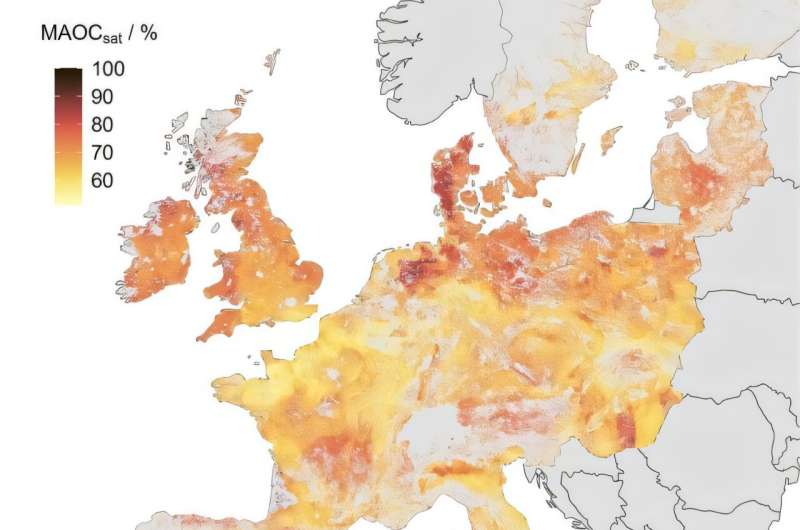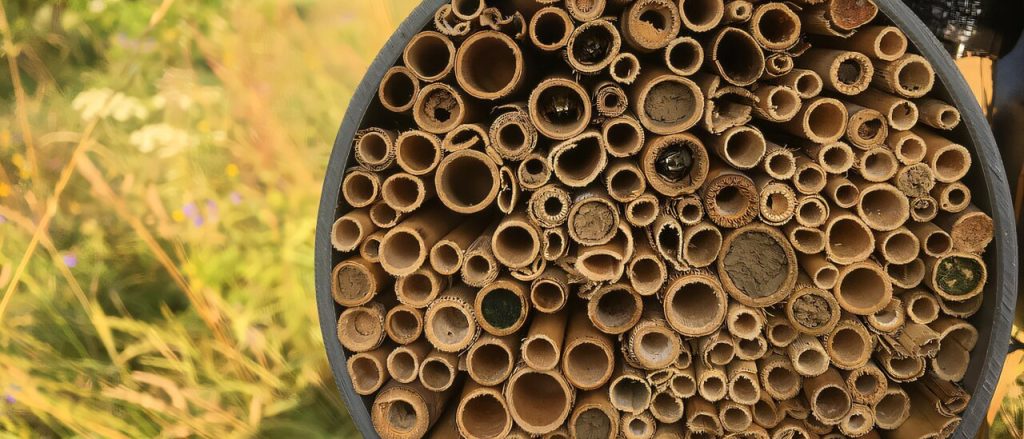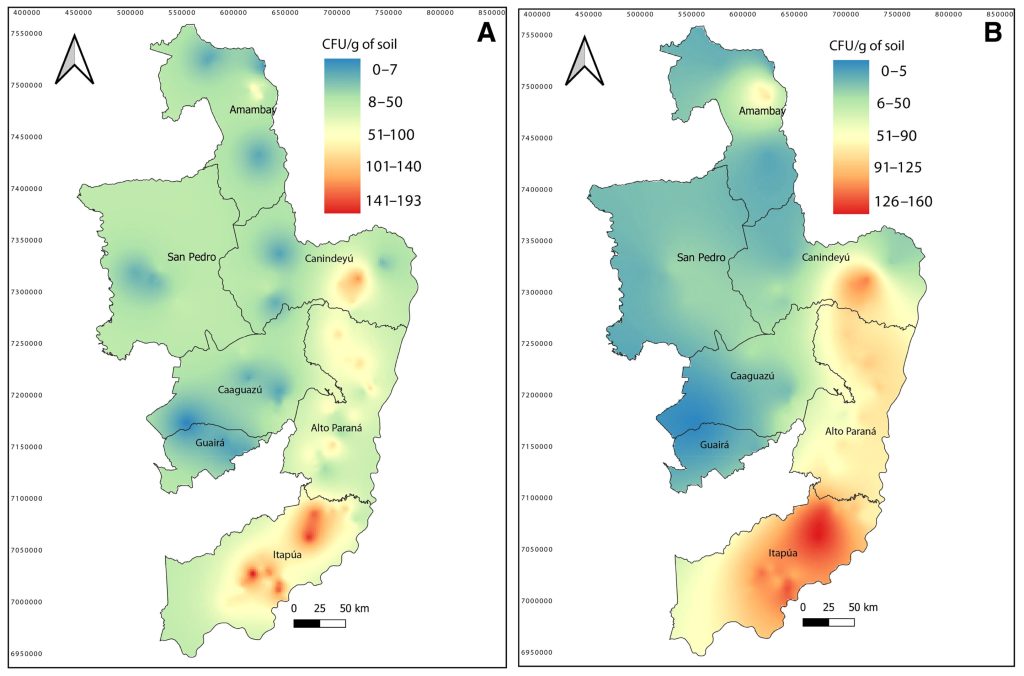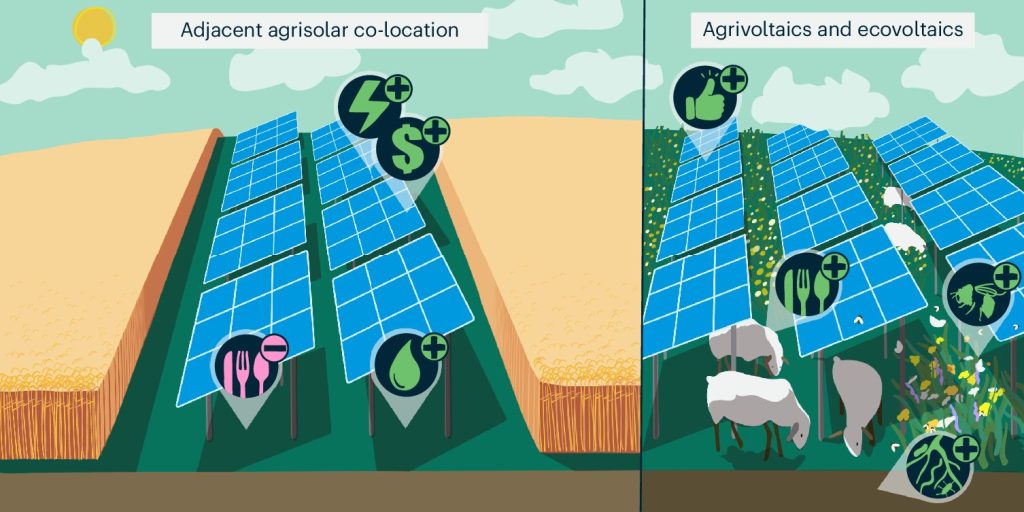
The study published in Nature Communications and led by JRC reveals that a considerable portion of EU and UK agricultural land, between 43 to 83 million hectares, is facing a high risk to the topsoil organic carbon pool, especially in cool and humid regions. This accounts for 23% to 44% of all agricultural land in the EU and UK.
On the other hand, around 26 to 50 million hectares have the potential to store more carbon as they are not at risk and can protect carbon efficiently.
The findings of the study emphasize the need for additional protective measures in EU agricultural soils, such as cover cropping, improved crop rotations, reduced tillage, and more.
This research offers valuable insights that can help in implementing targeted strategies for effective carbon management in agricultural soils, aiming to maximize carbon storage in a stable form.
Why is soil organic carbon important?
Soil organic carbon plays a vital role as a significant carbon reservoir. Agricultural soils in the EU alone hold more than 10 times the amount of CO2 compared to the annual greenhouse gas emissions of the EU.
It also enhances soil productivity by improving structural conditions, water retention capacity, and nutrient supply, making them more resilient to land-use related disturbances.
The recent estimates show a relative loss of 0.75% in total soil organic carbon in European agricultural soils between 2009 and 2018 due to the impact of the climate crisis.
Combining soil carbon changes and vulnerability
While total soil organic carbon changes provide insights into overall trends, they may not accurately predict future potential. Different pools of organic carbon in the soil vary in their vulnerability, depending on factors like saturation and protection.
The research challenges the traditional notion of a universal saturation capacity and proposes an “effective saturation capacity” that varies across different regions, leading to the development of a new risk index.
This risk index integrates changes in soil organic carbon and saturation levels to identify areas at risk of further carbon losses and those with potential for carbon accrual.
What is the EU doing?
Enhancing the carbon content in agricultural soils through sustainable farming practices can help mitigate climate change impacts and ensure food security.
The EU supports the sustainable use of agricultural land through the CAP Strategic Plans in all Member States, incorporating both mandatory and voluntary measures for farmers.
Additionally, the Carbon Removal and Carbon Farming certification framework offers new opportunities in the voluntary carbon market by rewarding farming practices that increase carbon levels while enhancing biodiversity and sustainability.
The newly developed risk index is a significant step in identifying and addressing soil carbon management challenges, offering policymakers valuable information for preserving and increasing soil organic carbon.
More information:
T. S. Breure et al, Revisiting the soil carbon saturation concept to inform a risk index in European agricultural soils, Nature Communications (2025). DOI: 10.1038/s41467-025-57355-y
Citation:
Soil organic carbon is at risk in a large part of European agricultural land (2025, April 14)
retrieved 14 April 2025
from
This document is subject to copyright. Apart from any fair dealing for the purpose of private study or research, no
part may be reproduced without the written permission. The content is provided for information purposes only.





